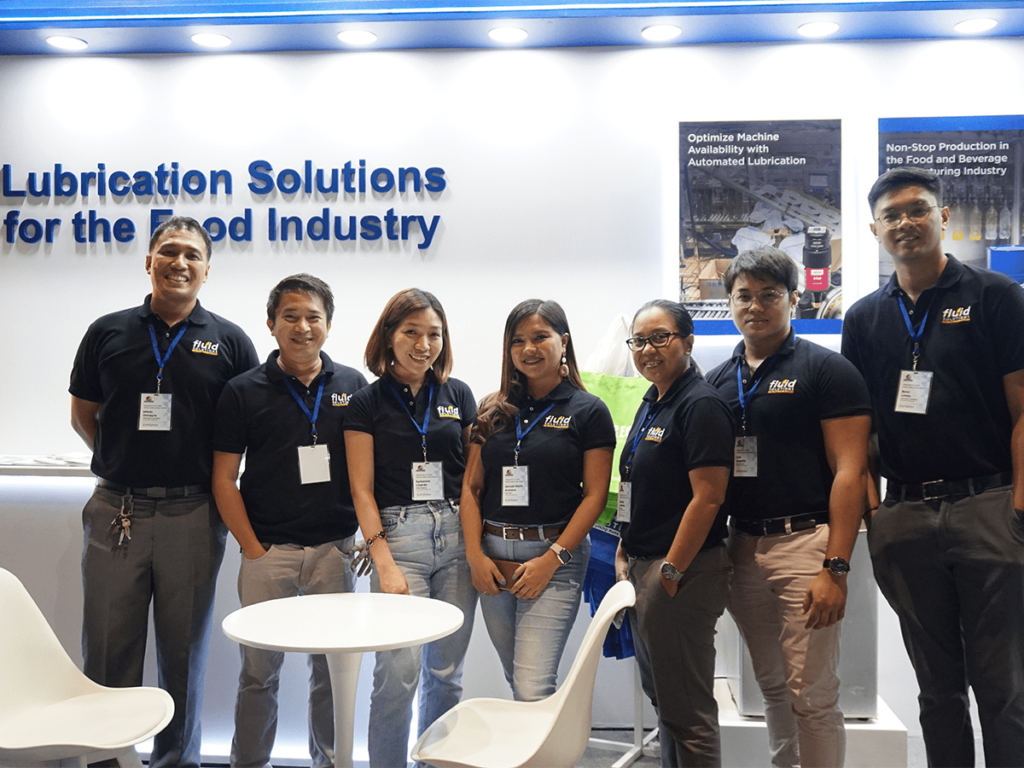
Proper lubrication is crucial for maintaining machinery efficiency and longevity. However, one common yet often overlooked issue in lubrication management is grease dry-out. This occurs when the oil in grease separates or evaporates, leaving behind an ineffective, hardened grease. Grease dry-out can lead to increased friction, overheating, and even catastrophic equipment failure if not addressed.
Understanding why grease dries out, recognizing the warning signs, and implementing preventive measures can help businesses optimize machinery performance and avoid costly downtime. In this guide, we explore the causes, consequences, and best practices to prevent grease dry-out, ensuring reliable lubrication for industrial applications.
Causes of Grease Dry-Out
Several factors contribute to grease dry-out, each affecting lubrication efficiency and machinery performance. Understanding these causes can help in selecting the right greases and implementing proper maintenance procedures.
1. High Operating Temperatures
Heat speeds up the evaporation of base oil in greases, leaving behind dehydrated thickeners and additives. This results in a hardened, ineffective and dry grease that cannot provide adequate protection. Machinery that operates continuously at high temperatures, such as ovens, heavy industrial equipment, or automotive components, is more prone to grease dry-out.
2. Poor-Quality Greases or Incompatible Thickeners
Not all greases are created equal. Low-quality greases often contain unstable thickeners and base oils that separate prematurely. Mixing incompatible grease types can cause thickener structure breakdown, leading to oil separation and dry-out.
3. Over-Lubrication or Under-Lubrication
Both excessive and insufficient lubrication can contribute to grease dry-out. Over-lubrication can cause excessive heat buildup and premature oil separation, while under-lubrication results in increased friction, accelerating grease degradation.
4. Extended Storage or Improper Handling
Greases have a shelf life, and prolonged storage in unfavorable conditions can lead to oil separation. Exposure to moisture, air contamination, or improper sealing can speed up degradation, reducing the effectiveness before it even reaches machinery.
Signs of Grease Dry-Out
Detecting grease dry-out early is crucial for preventing machinery damage. Here are the key warning signs:
1. Hard, Crusty, or Separated Grease

Visually inspecting grease deposits can reveal dry-out symptoms. If grease appears hardened, crusty, or separated into oil and thickener, it is no longer effective and should be replaced immediately.
2. Equipment Overheating or Failure
If machinery is running hotter than usual, dried-out greases could be a contributing factor.
Consequences of Grease Dry-Out
Ignoring grease dry-out can lead to serious operational issues, including:
1. Reduced Lubrication Effectiveness
Drying out renders grease ineffective, increasing metal-to-metal contact and causing rapid component wear. This reduces the reliability and efficiency of machinery.
2. Increased Maintenance Costs and Downtime
Equipment failures because of dry lubricant result in unexpected downtime and costly repairs. Frequent breakdowns require additional labor and replacement parts, impacting overall productivity.
3. Potential Damage to Machine Components
Severe greases dry-out can lead to catastrophic equipment failure, requiring major repairs or complete machinery replacement. Bearings, gears, and seals are vulnerable to damage from inadequate lubrication.
How to Prevent Grease Dry-Out
Preventing grease dry-out requires a combination of proper selection, maintenance, and storage practices. Implementing the following measures can help extend grease life and ensure reliable lubrication.
1. Choosing the Right Grease for Operating Conditions
Selecting the correct grease for specific operating conditions is the first step in preventing dry-out. Consider factors such as:
- Temperature Range: Use high-temperature greases for applications exposed to extreme heat.
- Load and Speed: High-load applications require greases with extreme pressure (EP) additives.
- Environmental Exposure: Choose grease resistant to moisture and contaminants if used in harsh conditions.
2. Regular Maintenance and Re-Lubrication Schedules
Routine lubrication checks and scheduled re-greasing help maintain optimal lubrication levels. Follow manufacturer recommendations on re-lubrication intervals and adjust based on equipment usage and operating conditions.
3. Proper Storage and Handling of Grease Products
To maximize the lifespan:
- Store grease in a cool, dry place away from direct sunlight and contaminants.
- Use sealed containers to prevent moisture and air ingress.
- Follow first-in, first-out (FIFO) inventory practices to prevent using expired greases.
4. Using High-Quality Lubricants from Trusted Suppliers
Investing in premium-quality greases from reputable manufacturers ensures superior performance and longevity. High-quality greases are formulated with stable thickeners and advanced additives that resist dry-out, providing long-lasting protection.
Partner with Fluid Solutions for Reliable Lubrication
Avoid costly equipment failures and ensure optimal machinery performance with high-quality grease solutions from Fluid Solutions Inc.
Why Choose Fluid Solutions Inc.?
- Industry Expertise: Years of experience in industrial lubrication solutions.
- High-Quality Products: A wide range of premium greases designed for various applications.
- Customized Lubrication Strategies: Tailored solutions to meet specific business needs.
Ensure your machinery stays well-lubricated and performs at its best. Contact Fluid Solutions Inc. today for expert recommendations and premium lubrication products.
Call (02) 8370 5928 / (0917) 894 9156 or email via inquiry@fluidsolutions.com.ph to learn more about our comprehensive products and services.
By prioritizing proper lubrication practices, businesses can prevent grease dry-out, optimize machinery performance, and reduce maintenance costs effectively.
Social Media Links:
Facebook: https://www.facebook.com/fluidsolutionsinc
LinkedIn: https://www.linkedin.com/company/fluid-solutions-inc
To gain a broader understanding of Multi-Purpose Grease, Specialized Greases, and their applications, you can refer to our previous article: Choosing Between Multi-Purpose and Specialized Grease.


